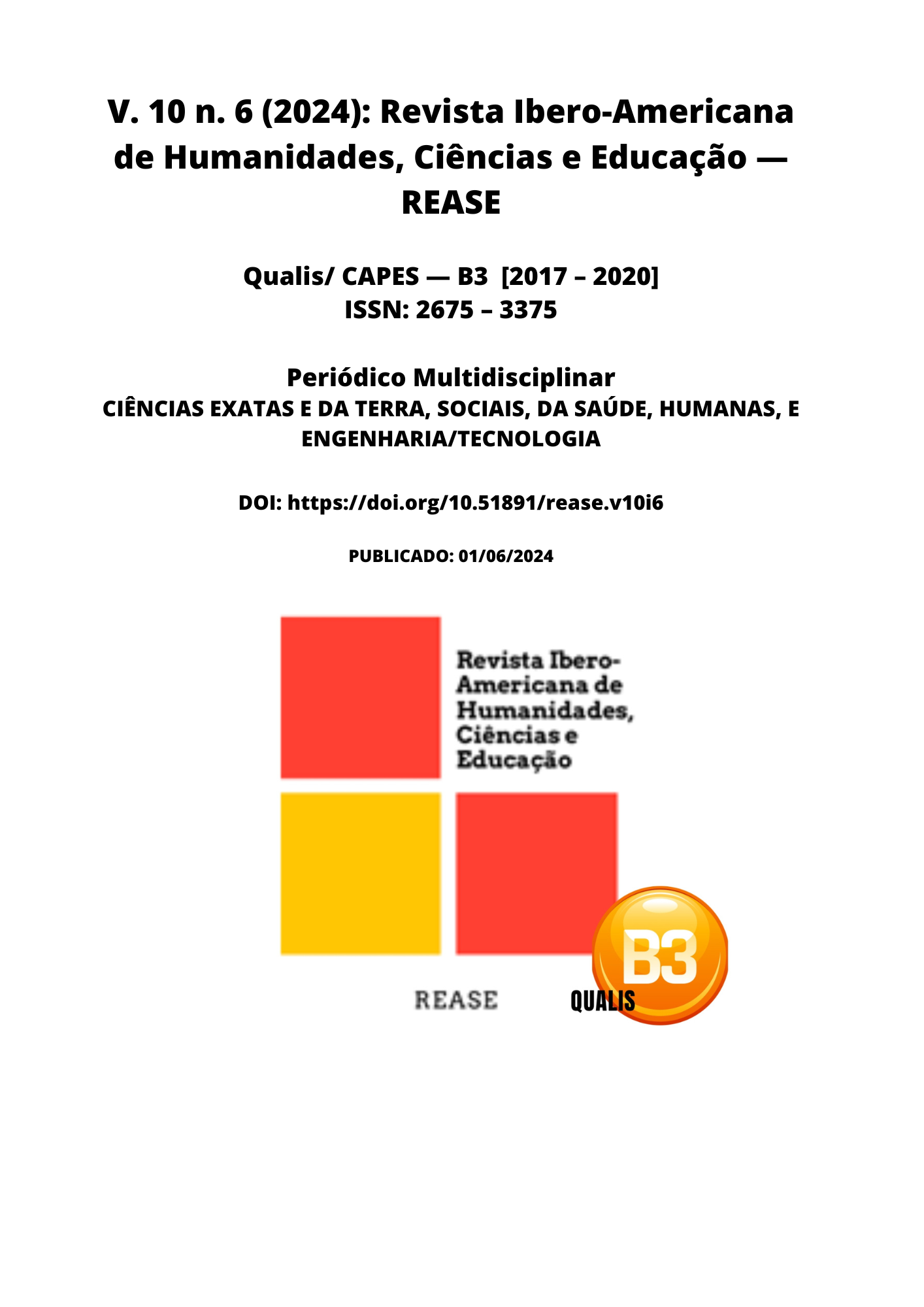EXPLORING THE STRUCTURE OF NON-STEROID ANTI-INFLAMMATORY AGENTS (NSAIDs) THROUGH ORGANIC CHEMICAL FUNCTIONS (OCF) AND INTERMOLECULAR INTERACTIONS
DOI:
https://doi.org/10.51891/rease.v10i6.14372Keywords:
Anti-inflammatories. Non-steroidal.NSAIDs. Interactions. Intermolecular.Abstract
Non-Steroidal Anti-Inflammatory Drugs (NSAIDs) have as their basic objective to control pain, fever and inflammation; however, each function exerted in the inhibition of cyclooxygenases 1 and 2 enzymes is part of a set of molecular bonds and interactions capable of giving this drug the ability to play its role. thus decreasing the production of prostaglandins, molecules encompassed in the inflammatory process and responsible for lipid cellular chemical signals similar to hormones. Thus, non-steroidal anti-inflammatory drugs (NSAIDs) are drugs that are highly used to relieve pain and reduce inflammation. However, the inappropriate and indiscriminate use of these drugs has raised interrelated concerns about adverse reactions and public health impacts. Objective: To investigate the role of organ functions and molecular interactions present in non-steroidal anti-inflammatory drugs (NSAIDs) in order to understand the chemical and behavioral structure of these drugs. Results: A total of 70 articles were found in the search platforms: PUBMED and SCIELO between 2019 and 2024, in Portuguese and English. Only 10 items were chosen. Conclusion: The great difficulty of the pharmaceutical professional is directed to the orientation and education regarding the use of NSAIDs as well as all existing medications.The scenario can be complicated, but pharmacists must persist in order to change paradigms and customs that harm the health of society. It is necessary to discover in the scientific field, new drugs with guaranteed efficiency and safety, that demonstrate better benefits and that can support a good recovery with fewer adverse effects.
Downloads
Downloads
Published
How to Cite
Issue
Section
Categories
License
Atribuição CC BY

